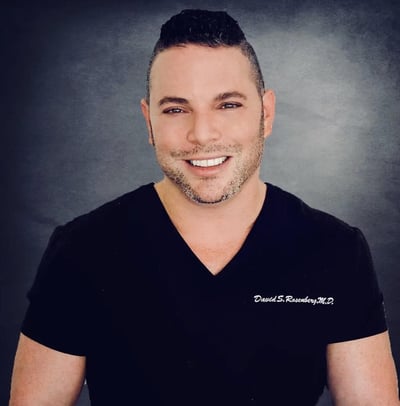A brow lift, also known as forehead rejuvenation, is a cosmetic treatment that rearranges the forehead to improve the arch of the eyebrow, reduce wrinkles, and create a more vibrant look.
The brow is a prominent facial feature that helps to communicate emotions or show expression. It is a dynamic region of the face that is affected by age and gender. As we age, the amount of collagen, fat, and tissue volume in the supraorbital compartment of the face decreases, causing the face to look hollow. In addition, the texture of the skin and the loss of elasticity reduce the ability of the superior orbital rim to provide support, leading to the descent of the brow which gives a person a tired or sad appearance and can interfere with vision.
How to prepare for a brow lift?
Brow lift has been an integral part of plastic surgeons’ armamentarium for over a hundred years. They have been performing brow lifts to correct deeply furrowed brows or hooded eyes that inadvertently give you a furious or tired look. In preparing for a brow lift surgery, your surgeon might ask you for the following:
Lab tests or health record
Adjustment of current medications
Quitting tobacco
Discontinuing the use of blood-thinning medicines to eliminate the risk of bruising or bleeding
Steps of a brow lift procedure
Anesthesia
The patient will be administered anesthesia to stay comfortable during the procedure. It can either be intravenous sedation or general anesthesia.
Incision
After the sedation, the patient is placed supine on a standard operating table, and incisions are made. Variations in skin incision techniques exist depending on the approach.
The endoscopic approach utilizes multiple minor incisions and allows the eyebrow's elevation without removing excess skin. It also results in a high degree of browlift (approximately 10 mm). It involves a safe and reliable endoscopic technique, i.e., passing a thin tube with a camera at the end through the incisions to visualize the muscles beneath the skin to be adjusted, correcting the wrinkle-forming creases and furrows in the forehead.
However, a coronal brow lift is a gold-standard technique. It involves an ear-to-ear curvilinear incision in the muscles along the anterior hairline. The scar will be somewhat visible but can be covered with hairstyling.
Incision closure
Cuts are normally sewn together with removable stitches, skin glues, or clips that can be taken out.
Postoperative wound care
Following a surgical procedure, standard post-operative care often involves putting antibiotic cream on the wounds, and the patient is advised to put a cold compress on them for the initial two days. For cases where there is excessive growth or visible scarring, micro-needling treatments are normally suggested.



